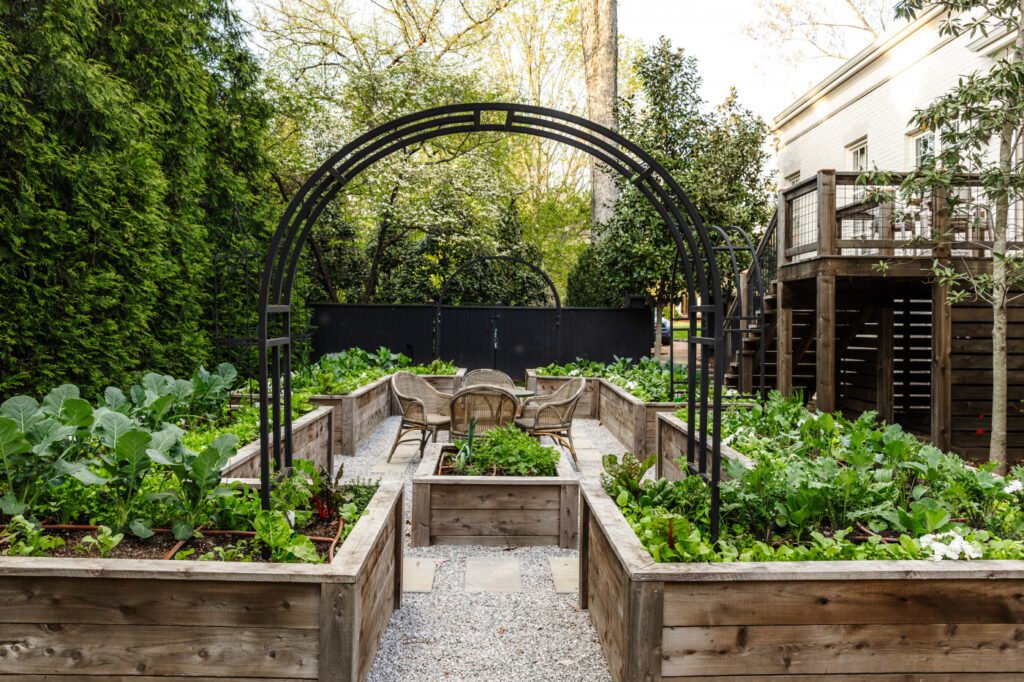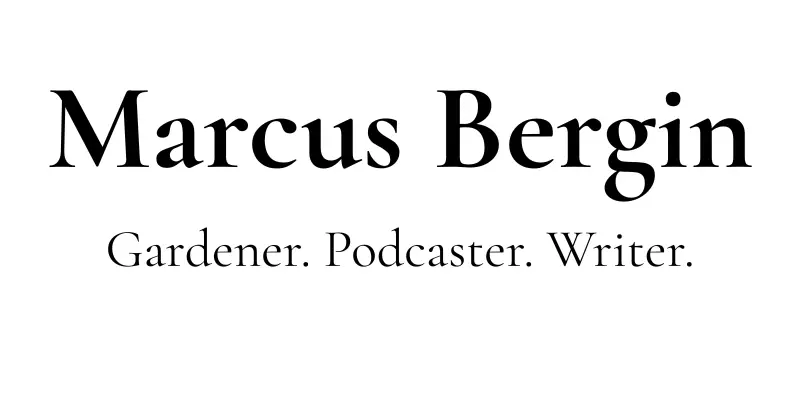
Raised Beds on Clay Soil: Are They Worth It?
If you garden on clay soil, you’ll know it comes with two distinct personalities—sticky and unworkable in winter, then dry and hard as concrete come summer. For many, this duality can make even the keenest gardener feel defeated before the season has even begun.
So the question often pops up—Would raised beds solve the problem? Are they worth the time, the cost, and the effort?
Let’s take a proper look.
What Makes Clay Soil So Tricky?
Clay soil gets a bad reputation, but it’s not all doom and gloom. In fact, it can be incredibly fertile—rich in nutrients and minerals. The problem lies in drainage and structure.
When wet, it holds onto water far too well, suffocating roots and creating boggy, cold ground. When dry, it hardens and cracks, becoming resistant to tools, roots, and even rain. And if it’s compacted (which clay so easily becomes), forget planting anything without a crowbar.
That’s where raised beds come in.
Raised Beds: The Clay Soil Workaround
1. Drainage That Actually Works
One of the biggest wins of a raised bed on clay is improved drainage. By elevating the planting zone above the heavy ground, you create a root zone that doesn’t sit in standing water—ideal for plants that hate wet feet.
Even lifting the soil just 6 to 8 inches above ground level can be enough to transform planting conditions.
2. Soil Control: Your Mix, Your Rules
Another huge plus: you control the soil mix from the start. No more fighting with clumps of slick, unworkable earth. Instead, you can create a loose, friable blend that suits the plants you want to grow.
A good raised bed soil mix might look like:
40% well-rotted compost or garden compost
30% screened topsoil (free-draining if possible)
20% leaf mould or well-aged manure
10% horticultural grit or sharp sand for drainage
Layer it in if you’re starting from scratch—like a no-dig lasagne. Over time, it’ll settle and improve further with organic matter.
3. Earlier Starts and Longer Seasons
Clay is a cold soil. It takes longer to warm up in spring, which delays planting time. Raised beds, on the other hand, warm more quickly—especially in full sun. This gives you a head start on the season and often extends it in autumn too.
If you’re growing vegetables or heat-loving annuals, this can make a real difference.
A Few Caveats: What to Watch Out For
Raised beds are great, but they’re not magic. Here are a few things to keep in mind:
Drying out in summer: Raised beds drain faster than clay, which is good for avoiding soggy roots—but can lead to drought stress. You’ll need to water more frequently, especially in hot spells.
Initial investment: There’s time, materials, and soil to buy. It can add up, so start with one and test the benefits before scaling up.
Soil settling: Expect some sinking in the first year. It’s normal. Top up annually with compost to maintain levels and fertility.
Pests: Just because it’s raised doesn’t mean it’s pest-proof. Slugs and snails still love the edges and shady spots. Line the bottom with mesh if you have a problem with moles or burrowing rodents.
Alternatives to Full Raised Beds
You don’t need to go all-in with railway sleepers or brickwork. Even just raising your borders a little—using timber edging, reclaimed stone, or even woven hazel hurdles—can offer better structure and help with drainage.
Another option is to build mounded beds: loose, soil-based mounds built above ground level. These are especially good for naturalistic or cottage-style planting schemes.
When Raised Beds Really Shine on Clay
Raised beds are especially worth it if:
You want to grow herbs, lavender, or Mediterranean-style plants
Your veg patch struggles with boggy, cold spring soil
You’ve got back or mobility concerns and need easier access
You’ve tried improving the soil and still can’t get results
You want a tidy, organised planting area in an otherwise heavy garden
Are They Worth It?
In most clay gardens, the answer is a resounding yes—as long as they’re done with care. Raised beds won’t fix everything, but they’ll give you control over the one thing that makes or breaks a garden: the soil.
And in a patch of ground that swings from soggy to sunbaked, that control is worth its weight in gold.
Start with one, see the difference, and grow from there.
Have you built raised beds in your clay garden? What worked—and what didn’t? Drop a comment and share your experience, or join the conversation over in the Bishops Cleeve Gardeners group.
Happy Gardening,
Marcus
